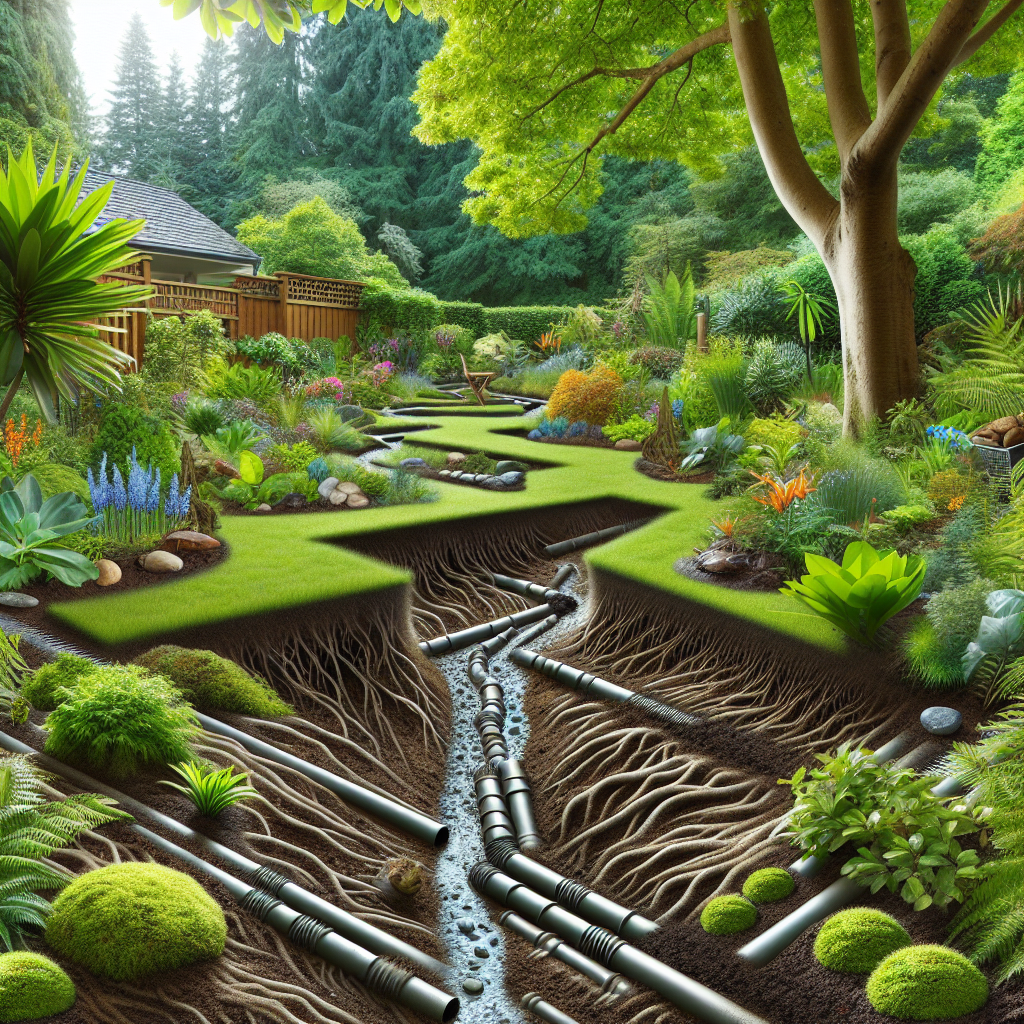

As a Magnolia homeowner, you take pride in your yard and its aesthetic appeal. From planting colorful flowers to adding trees and shrubs, you have invested time and money into creating a beautiful outdoor space. However, while you may have a green thumb and a keen eye for landscaping, one aspect that may often be overlooked is yard drainage. Yet, adequate yard drainage plays a vital role in protecting Magnolia’s native plants and maintaining a healthy ecosystem in your yard.
When Magnolia experiences heavy rainfall, your yard’s drainage system is put to the test. Without proper drainage, the excess water will pool in certain areas of your yard, causing the soil to become waterlogged. This can lead to plant roots becoming suffocated and eventually rotting, which can result in the death of your plants. In addition, standing water in your yard can create a breeding ground for pests such as mosquitoes, which can carry diseases that can be harmful to both humans and plants.
Many of Magnolia’s native plants are accustomed to the area’s natural rainfall patterns. When your yard has poor drainage, these plants are not able to thrive as they normally would. By implementing proper yard drainage measures, you can help maintain the optimal soil moisture levels that these plants need to survive. This means healthier plants that are better able to resist disease and pest infestations, keeping your yard and its ecosystem in balance.
The specific yard drainage system that is best for your property will depend on several factors, including the type of plants you have, the layout of your yard, and the main source of excess water (i.e. heavy rainfall, runoff from neighboring properties, etc.). It is important to consult with a professional landscaper or yard drainage specialist to determine the best solution for your specific needs. Some common methods include French drains, dry wells, and swales.
Once a proper yard drainage system is in place, it is important to monitor and maintain it regularly. This can include clearing debris from drainage pipes, checking for leaks, and making adjustments as necessary. Additionally, regularly inspecting your yard after heavy rainfall can help identify any problem areas and address potential issues before they become major problems. In conclusion, while yard drainage may not be the most glamorous aspect of landscaping, it plays a crucial role in protecting Magnolia’s native plants and maintaining a healthy ecosystem in your yard. By understanding the importance of yard drainage and implementing the appropriate measures, you can ensure your yard remains a beautiful and thriving environment for both plants and humans. Remember, when it comes to yard drainage, prevention is key in maintaining the health and longevity of your plants.